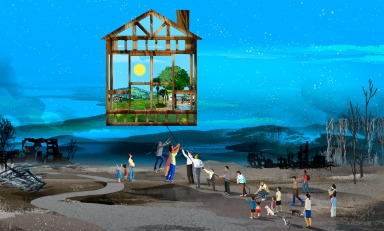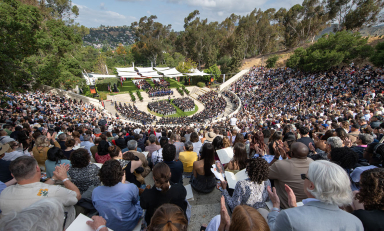What began four years ago as an online forum for undergraduate research at Occidental College is now the country’s leading undergraduate journal of critical theory and social justice, drawing contributions from across the country.
Posted this week, the fourth issue of CTSJ contains articles from students at Macalester, Wesleyan, and Middlebury as well as Oxy -- an impressive lineup for student editor Tim Lewis of West Covina, who isn’t quite halfway through his sophomore year at Occidental.
"By participating in this incomparable opportunity, I get to directly experience interventions in the academy and the world at large," Lewis says. "CTSJ has introduced me to ideas and people that have changed the way that I behave and think--something that transcends definable gains."
That is why Occidental’s Department of Critical Theory & Social Justice launched the journal in 2010 – "to provide a forum for original and imaginative undergraduate work," says Professor Glenn E. Griffin. "The intersection of gender, race, sexuality and postcoloniality produces excellent opportunities for theoretical and political work that are well-suited for undergraduate research and writing."
The latest issue brings to 24 the number of student articles published on subjects ranging from homophobia in hip hop to the work of French philosopher Georges Bataille. Every submission undergoes a peer review process, first by a group of faculty and then – if it passes muster – by students. "Most pieces go through two or three rewrites before they are finally accepted," Griffin said.
Once published online, articles are reaching as wider audience. Some have been downloaded anywhere from 3,000 to 6,600 times and are beginning to be cited in other scholarly publications and incorporated into course material on other campuses.
Each issue also features original student artwork. The latest issue features menstrual art – pieces produced in the blood of the artist, Sadie Mohler ‘12, together with an artist’s statement.
A group of five Oxy students already has been recruited to produce next year’s issue, which will be featured on an upgraded CTSJ website. "We think that the journal promotes a high level of scholarship in our department and can bring together the imaginative work being done in other undergraduate programs in the interface of critical theory and justice," Griffin says.



